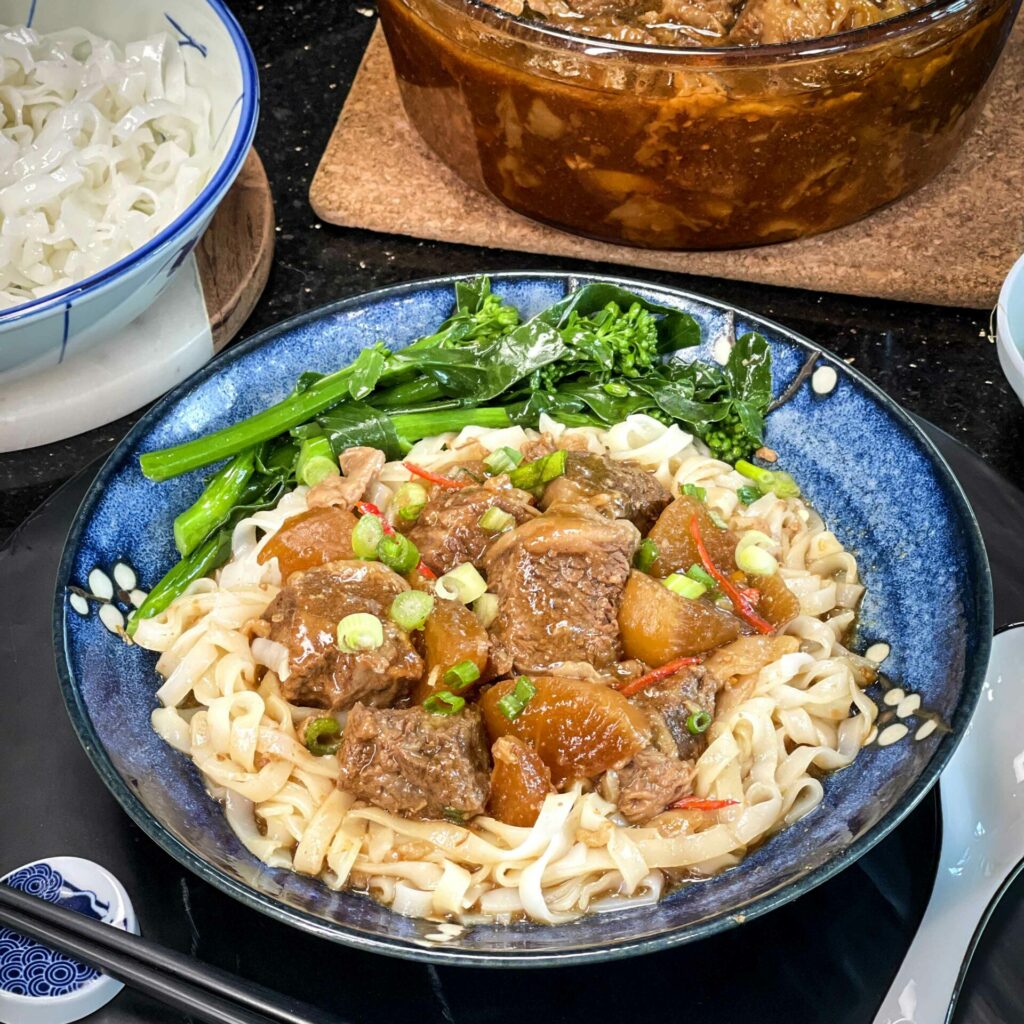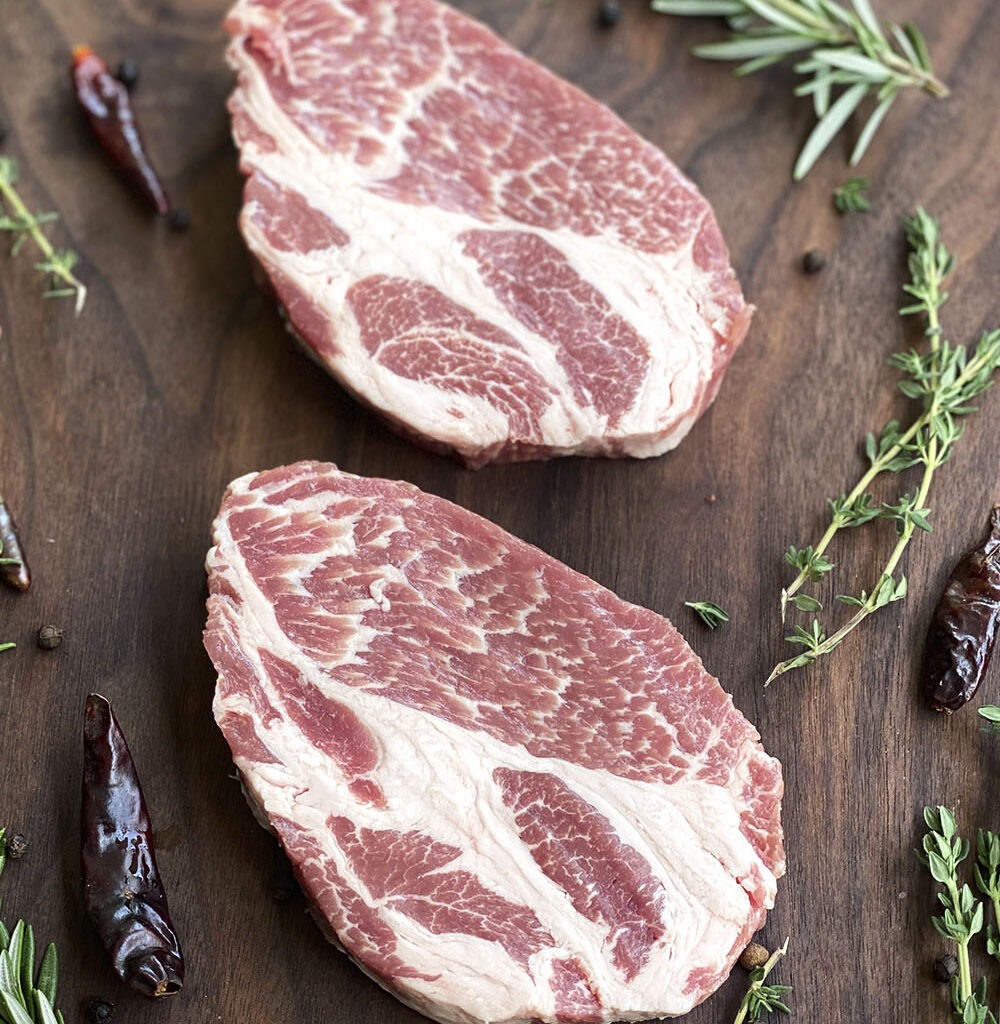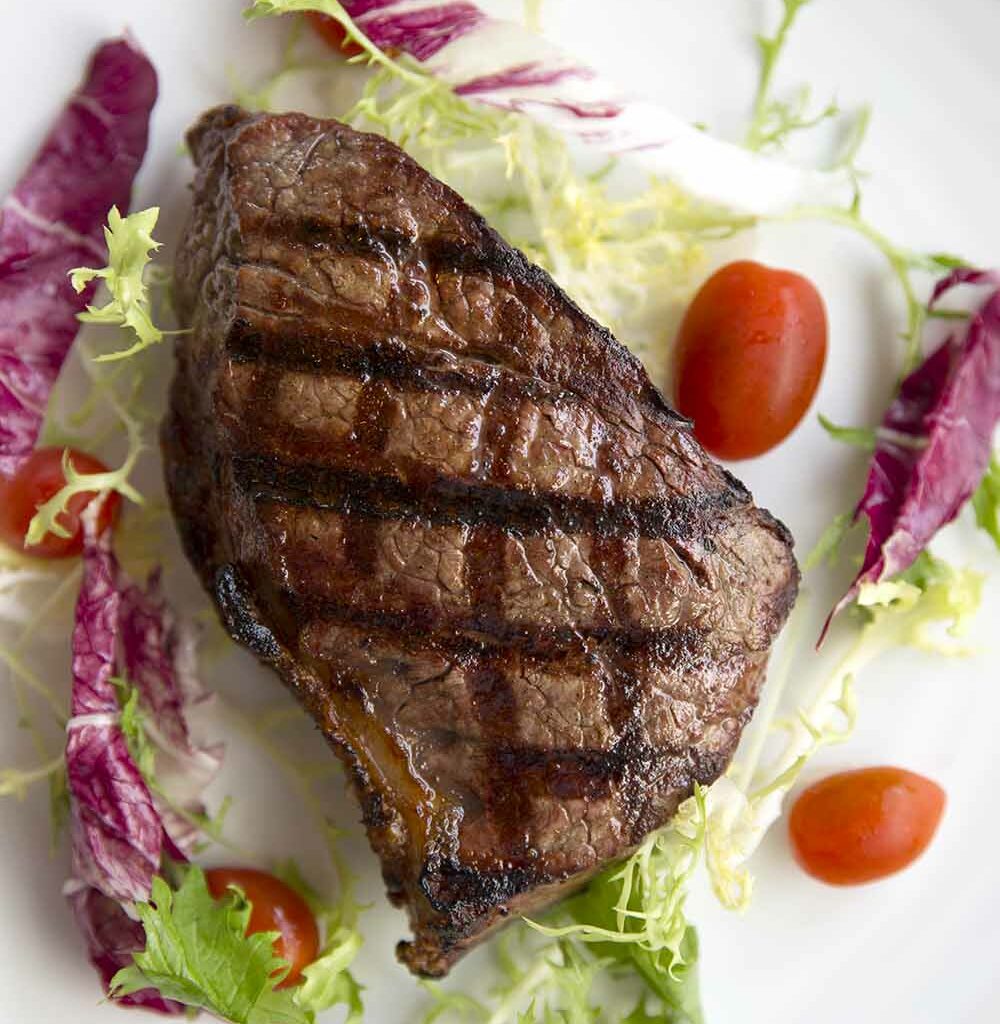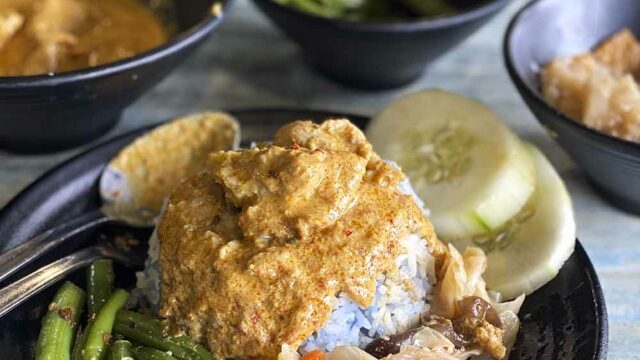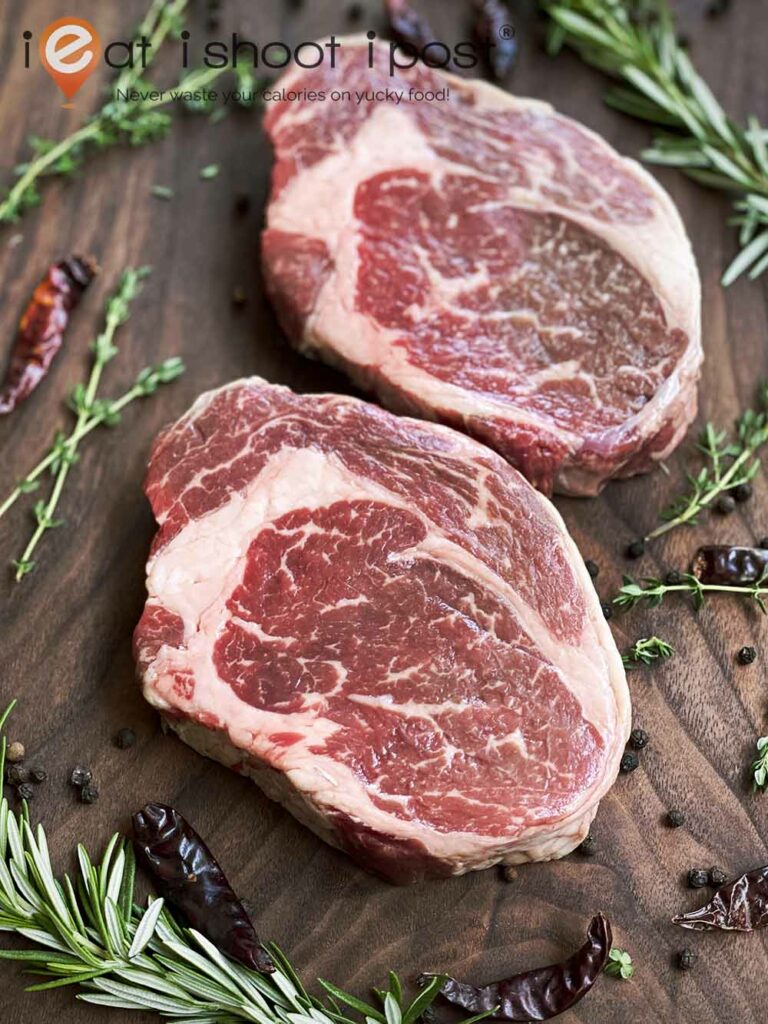
If you are a beef lover, then the news of a new source of beef should excite you! We have been used to Australian and US beef for years, but the government’s strategy of diversification of food sources has seen beef coming from many other parts of the world in recent years. Now you can get beef from Japan, Argentina, Ireland, Brazil, and even Uraguay!
Beef from different countries has its own character which depends on cattle genetics, environment, feed, water quality and meat processing etc. US beef tastes quite different from Australian beef which tastes different from New Zealand and Argentinian beef. It is the differences that make it quite interesting to compare the beef from different countries. In the past, it used to be that I’d buy several steaks, grill them over the BBQ and everyone will have their own steak to enjoy. Nowadays, I tend to do a steak degustation where I might get a few ribeyes from different countries just so that we can compare the flavor of the beef from different countries!
So, when the Canada High Commission contacted me about a possible collaboration to promote Canada Beef, I was quick to agree. With its large land mass, vast prairies, snow-capped mountains, and pristine waters from melting ice caps, I was very interested to see how Canadian beef would compare with its Southern neighbour, the US. I have been a fan of Canadian Pork since their introduction to our local food scene several years ago and if their beef is as good as their pork, then it is really something to look forward to!
The questions that were foremost on my mind were:
1. What makes Canadian beef different?
2. How does it compare to US beef?
3. How is Canadian beef graded?
Canadian beef is still not available here, but I managed to get hold of some during Food, Hotel, Asia 2022. Even though they were not Prime Grade, the quality of the beef was very good. Because of its proximity to the US, one would naturally compare Canadian Beef to those of the US which we are quite familiar with already. Now, there are many farms in both Canada and the US and the quality of the beef will differ from individual farms. US beef is typically finished on corn and corn feeding is also utilized in Canada and is most common in eastern provinces. In the western provinces cattle are more likely to be fed diets containing barley and wheat although corn may be utilized depending on market conditions. Each type of grain feeding produces beef that is tender, juicy and flavourful to deliver an exceptional eating experience.
Canadian Beef Grading System
The Canadian beef grading marbling standards have been harmonized with those used in the United States since 1996. The minimum marbling standards used for USDA Prime (slightly abundant), Choice (small) and Select (slight) are the same standards used in Canada to segregate beef from youthful cattle into Canada Prime, AAA and AA respectively. These are the beef grades most commonly sold at the supermarket although Prime is often in limited supply. The difference between the grading systems is that Canada has additional specifications for standards relating to the color of the meat and fat, maturity and meat texture. All Canadian high-quality grades require beef to be assessed as being youthful in terms of maturity with bright red meat colour and firm meat texture. Yellow fat, that is sometimes seen in animals that consume only grass prior to marketing, is not permitted in the Prime, AAA and AA grades.

Geographical Advantage
Canada is the second largest country in the world and its vast grasslands and cooler climate are ideal for raising cattle. The conditions are ideal for bos taurus breeds like Black Angus and Hereford which produce tender beef perfect for steaks. Cattle raised for beef are of the bos taurus breed. The cold Canadian winters are also a natural barrier to disease and helps ensure the health of the herds.
Cattle are raised by 60,000 farmers and ranchers in Canada who are socially responsible and committed to protecting and preserving the environment. Canadian research has estimated that between 1981 and 2011, the Canadian beef industry reduced its greenhouse gas footprint by 14%, producing the same amount of beef using 24% less land. The land used for grazing cattle is often not suitable for crop agriculture and the grazing helps the natural grasslands to flourish just as the bison did centuries ago.
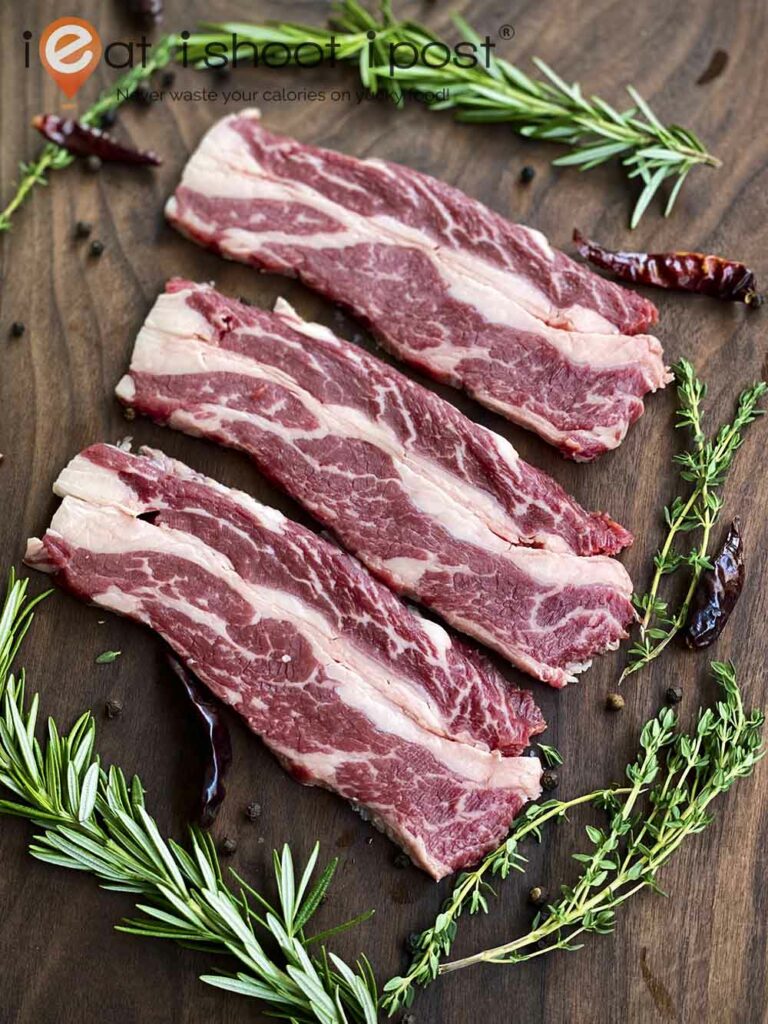
Food Safety
In terms of food safety, Canada has world-class quality assurance and food safety systems in place. The National Animal Health Program utilizes the Canadian livestock tracking system which requires each animal to be tagged with an RFID tag in order to support ongoing surveillance for the disease. Canada’s Food Safety Enhancement Program is based on the Hazard Analysis Critical Control Points (HACCP) system which is focused on the prevention of foodborne illness which is the most important priority of the industry. So, when you buy Canadian beef, you can be assured of the highest food safety standards.
Conclusion
Canadian beef will start appearing in our supermarkets and butcheries soon! The quality is very good and the character is quite similar to US beef. Do look out for it!



